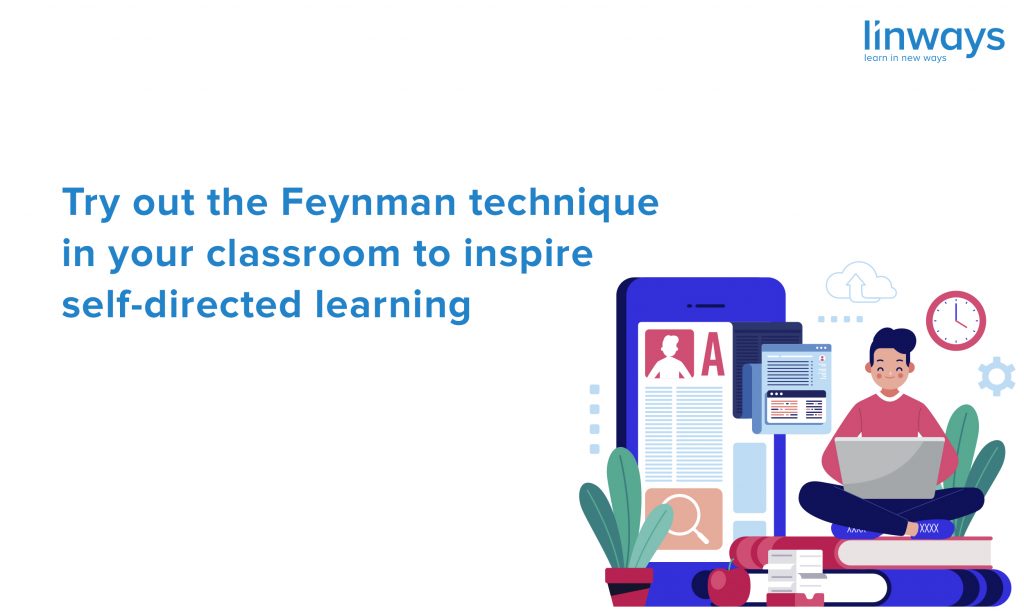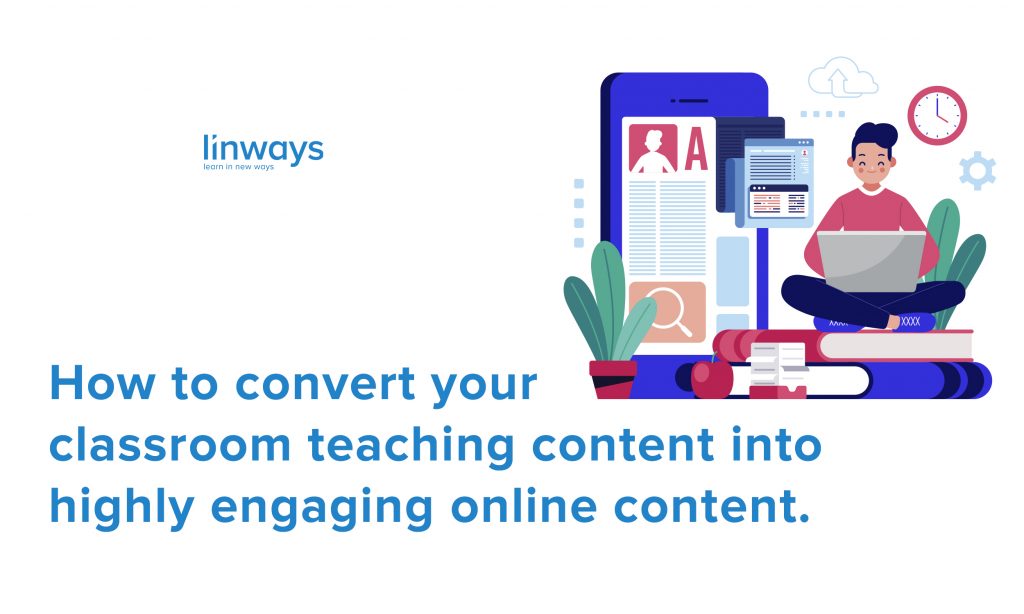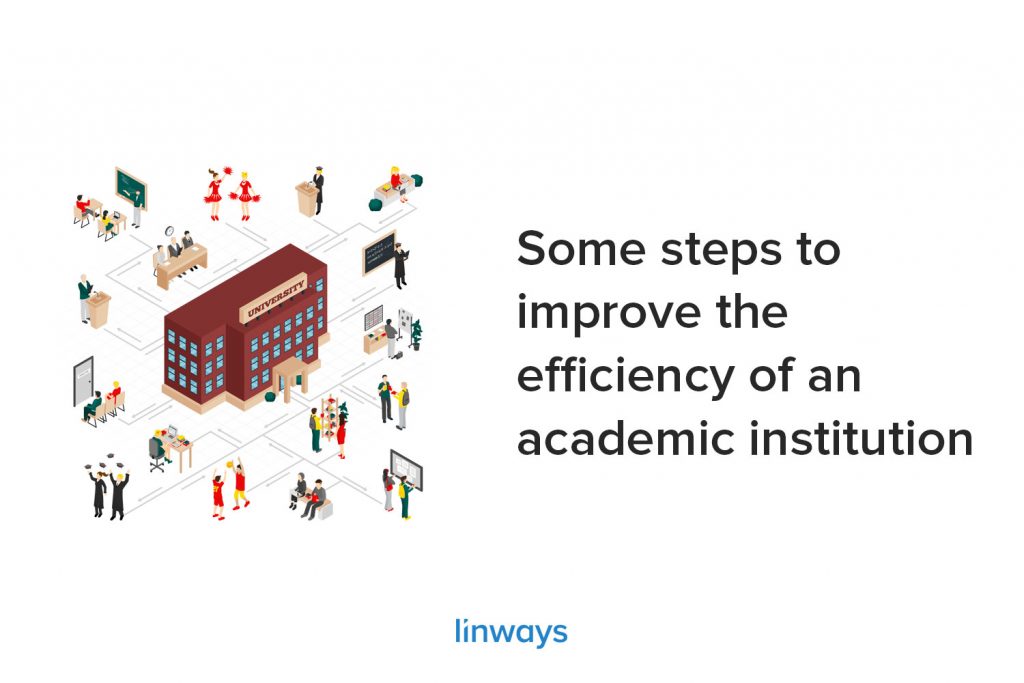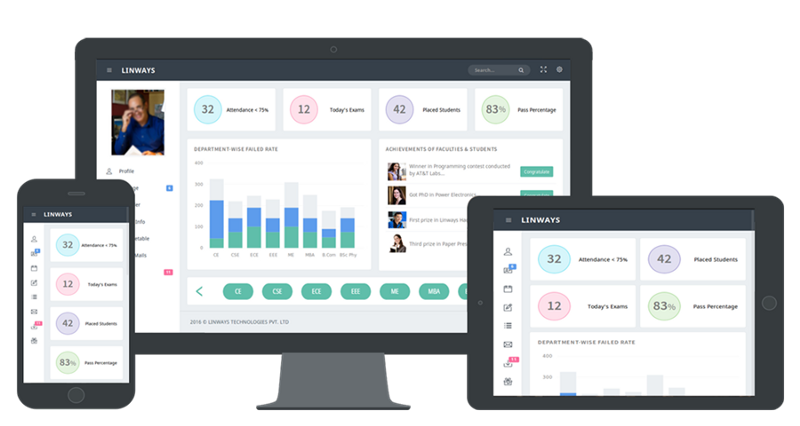
Dr. Richard Feynman was one of the pioneers of the 20th century. His work on advanced physics is still unparalleled, starting with the contributions to the Manhatten project in his early twenties and his long-term experience as a beloved professor at Caltech. He introduced this learning technique which was later called the ‘Feynman technique’ which is incredibly effective and easy to master. In this article, we shall look at the Feynman technique and see how it can positively influence self-directed learning in classrooms.
What Is The Feynman Technique?
It’s a simple approach to self-directed learning that is based on simplifying and breaking-down what you know. Albert Einstein once said that “you don’t know something well if you can’t explain it to a child.” That’s the essence of the Feynman Technique.
One of the ways we trick ourselves is that we use complicated vocabulary and jargon and it masks our lack of understanding. We use the textbook or learning material lingo to cover p our lack of expertise in the topic and this can be counterproductive to the learning process. During assessments, we mostly evaluate if the topic was properly portrayed by the learner as instructed, but measuring if the learner has grasped the core concept is a whole another thing. Measuring understanding is a complex and difficult assessment process too. So to make sure that we really understand a topic, distill the subject matter into simple and easy to understand language, in a way a child can understand.
When you write out an idea from start to finish in simple language that a child can understand, you force yourself to understand the concept at a deeper level and simplify relationships and connections between ideas. That is why the Feynman technique is so effective. Another beauty f this learning technique is that it can be applied to any level of learning, no matter what the environment is. It’s a well-adaptive model that can be as effective in schools as in university classrooms.
Now that we have seen the concept, let’s break down the actual process of the Feynman technique step-by-step.
How to use the Feynman technique.
Step 1: Begin with the topic.
Start by writing down the concept you have just learned under. Remember to be as precise as you can be. This includes the subject heading and topic.
Step 2: Explain the topic as if you were teaching a child.
In the most simplified language possible, explain the concept that you have learned. The idea is to explain as if you are trying to teach a child about this very concept. So the language must be within their understanding. You can also try breaking down complex concepts into small bite-sized sections for broader topics. You can also try using examples, scenarios, and instances to bring forth the topic. This shows a deeper understanding and knowledge of the topic.
Step 3: Assess and find the gaps in your understanding.
This is where you assess yourself. Review your notes. Check to see if you have truly been able to break it down to a simple language. See where you got stuck and go back to the learning material to understand the concept once more. You can repeat this step again if you feel like you haven’t hit the mark. After all, the Feynman technique is all about measuring understanding and learning what we didn’t know.
Step 4: Self-assessment.
Use what you have learned about your earlier understanding of self-assessment. Reflect on how your understanding has changed. You can now go on to create the final piece of explanation (repeat of step: 2). This will help you compare what you think you knew from the first document, and what you actually learned using the Feynman technique in this step.
The Feynman technique is a very popular form of self-directed learning used across universities and colleges. Teachers can employ this technique in their classroom to measure understanding which is usually harder to measure using traditional assessments. This also allows students to follow a self-directed learning style where they can easily find the gaps in their learning and rectify them in all by themselves.
Check out our other blogs on education, teaching techniques, and education technology here. Also, be sure to subscribe to receive our latest updates and fresh content in your inbox.
Also published on Medium.




